When to open grapes in spring?
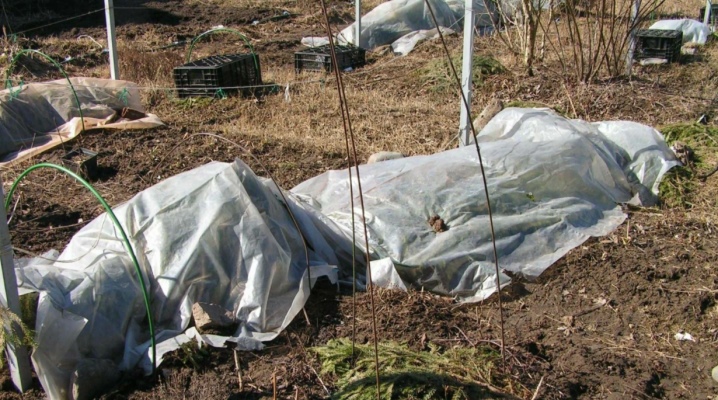
Grapes have always been considered a southern plant, for this reason, they began to cultivate it in the middle lane not so long ago. As a result, many aspiring winegrowers have emerged who have not yet accumulated enough experience. One of the most asked questions is the timing of the opening of the plant in spring. And also many are interested in what activities are recommended to be carried out immediately after removing the insulation cover.
Of course, the first thing to do after the snow melts is to set the exact time, suitable for releasing the vine and starting the vegetation mechanism.
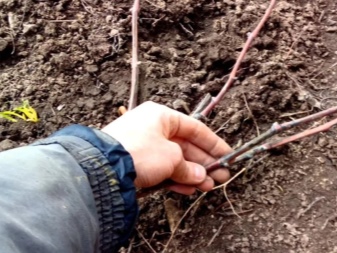
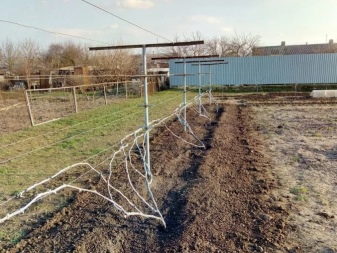
Suitable temperature
It has long been established by experience that while grape buds are in a dormant state, they are able to tolerate frosts down to –4 degrees Celsius. However, if the kidney has already awakened, it will definitely die even with a slight frost of -1 degrees. This biological feature of the culture requires special attention of the gardener in early spring, when the weather conditions remain changeable. First of all, it is necessary to take into account the daily average, when the daytime air temperature differs markedly from the nighttime. Further, the following circumstances are taken into account:
-
the minimum air temperature that the vine can tolerate is –5 degrees Celsius;
-
if the frost is greater, then it will end with freezing of the shoots;
-
grapes endure temperature fluctuations worst of all;
-
The most favorable conditions occur when the daytime air temperature reaches 8-10 degrees Celsius, and the nighttime temperature does not drop below zero.
Despite the spring snow, which continues to linger in some areas, the plants are gradually beginning to come to life. To open grapes in spring, it is not recommended to start from a specific date. First of all, you need to make sure that the threat of night frosts has already passed. Until then, it is best to be patient.
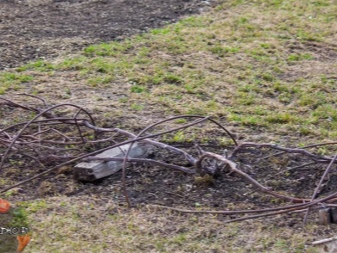
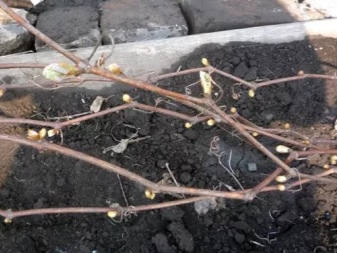
When to disclose in different regions?
When it becomes clear that stable positive temperatures have already been established, and the soil begins to dry out gradually, the vine can be opened. For each region, this time comes at a certain time. For the southern regions, the time for removing the insulation comes in early April. Opening in the middle lane or in the Volga region is made closer to the beginning of May. In Belarus and regions located north of the temperate zone, you should wait for the arrival of May. After winter shelters, the vine continues to dormant and requires a number of preventive measures.
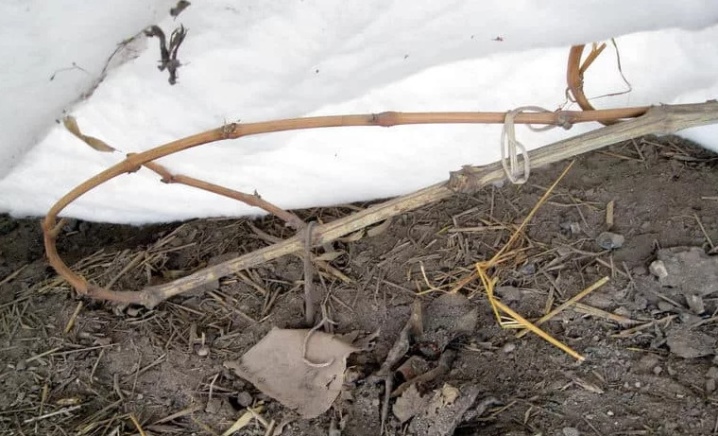
How to open correctly?
First of all, the protective cover is removed from the vine - it can be mats made of insulation, boards, film or trimming of roofing material. If the vine was dropped in for the winter, it should be carefully removed and cleaned of soil. It will be safer if you start this procedure with full confidence that there will be no night frosts.
Still, it is also not recommended to tighten it, because if the vine remains closed after an obvious warming, it can resist.
It will be much better if the winter shelter is removed on one of the sunny days, and at night to continue to shelter for a while. This will allow the grapes to gradually dry out without being affected by a possible cold snap at night.
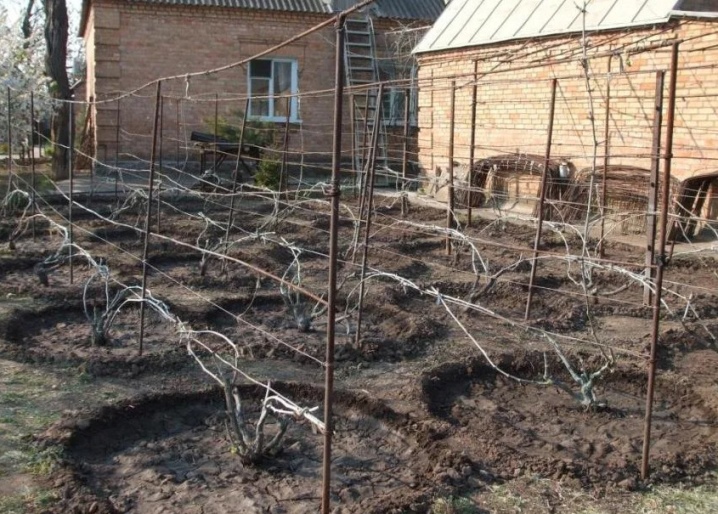
Frost protection
The greatest threat to grapes in early spring is unexpected frosts. To protect the plants from a possible cold snap, a frame made of metal arcs or wooden slats is installed above it, which is covered with non-woven material. Agrotex works best, but spunbond can also be used. Such a cover will provide the necessary ventilation and protect against sudden changes in temperature.
It is not recommended to cover the grapes with polyethylene film, because it does not allow fumes to pass through and can cause the buds or shoots to heat up. In addition, high humidity in greenhouse conditions will provoke the development of mold or fungal organisms. In any case, ample ventilation should be provided during the day.
Non-woven fabric cover protects the vine from sudden cold snaps down to –3 degrees, if there is a risk of temperature drop below this mark, it is recommended to use additional insulation. The soil around the grapes should be moderately moisturized during the day. These measures will help maintain the viability of the plant in changing weather conditions.
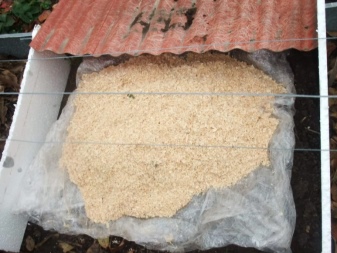
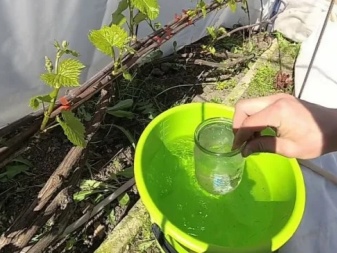
What to do after disclosure?
In the spring, when the grapes are opened after winter, they are allowed to dry well. But high air humidity at this moment creates certain risks of developing diseases and activating parasites. To avoid negative consequences, it is necessary to take a number of preventive precautions. In addition, the vine should be prepared for a period of active development.
Garter
Usually the vine is never tied up immediately after the winter veil has been removed. For a while, the plant should revive a little. Therefore, the straightened shoots are laid out on a stationary frame and allowed to weather for 3-4 days. The garter in the spring is called dry, because the procedure is carried out for a dormant plant.
Having chosen the optimal vertical, diagonal or horizontal arrangement, the grape shoots are fixed in a stationary state. If necessary, the supports should be renewed, or additional wire straps should be made.

Pruning
After full drying, young shoots are pruned, as well as shoots that have not undergone the pruning procedure in the fall. This event takes place according to certain rules.
-
First of all, all unnecessary processes are removed that could dry out, break or create excessive accuracy.
-
The thicker the vine at the base, the longer the branches should be left.
-
The cut is carried out with a sharp instrument between the ovaries or slightly above the eyes.
-
The link for fruiting should be formed from a well-developed vine.
-
An annual vine is suitable for fruiting, the cut thickness of which reaches from 6 to 12 mm.
-
Fragments of the vine that bore fruit last year are subject to removal. Of the two processes located on the replacement knot, an internal shoot is left.
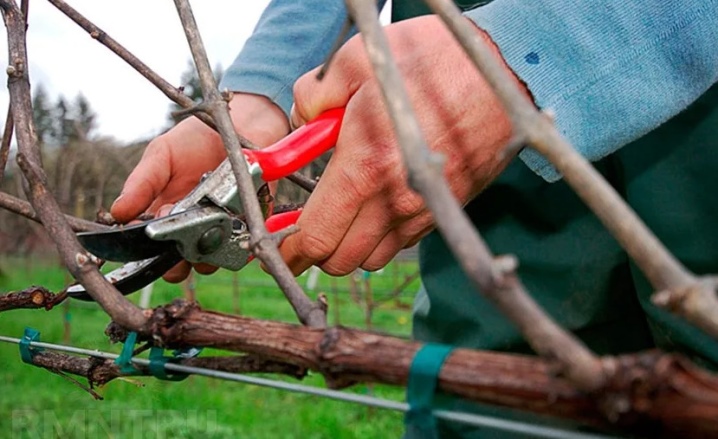
Tillage
Spring cultivation of the soil around the grapes begins with weeding, loosening the soil and, if possible, mulching with organic matter. Loosening is started after the soil is thoroughly dry, and at the end of May this procedure should be repeated. Spring watering should be very moderate so as not to create favorable conditions for the development of fungi. Excessively moist soil can cause root rot, and it also freezes much faster.
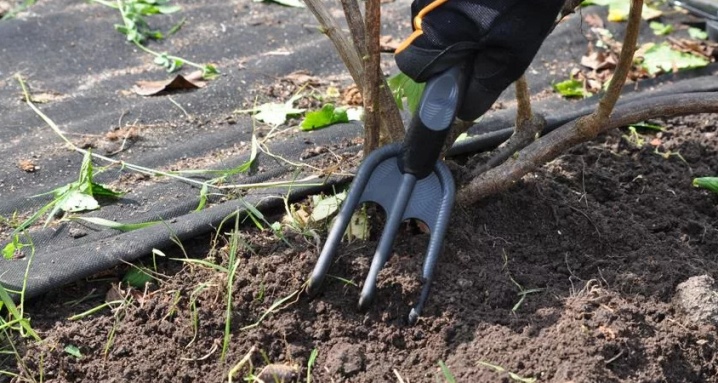
Chemical treatment
After the grapes are pruned, they are sprayed with a chemical composition that can prevent the development of fungi and harmful insects. For this purpose, suitable fungicides or insecticides are selected from the range of modern chemicals. Popular drugs include Nitrafen, Karbofos and Oxyhom. And also for spring spraying of grapes, a solution of urea, copper or iron sulfate is well suited.
One of the best antifungal agents is Bordeaux mixture, a solution of which is poured under the root.
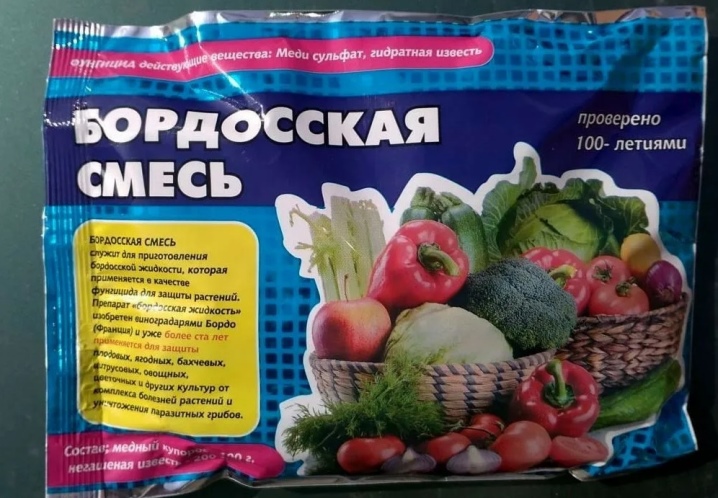
Top dressing
In addition, in the spring, mineral fertilizers are applied to the soil, which allow maintaining the active growth and development of the green cover. Superphosphate and ammonium nitrate are well suited for this purpose. For dry areas in spring, water-charging irrigation is often used.








The comment was sent successfully.